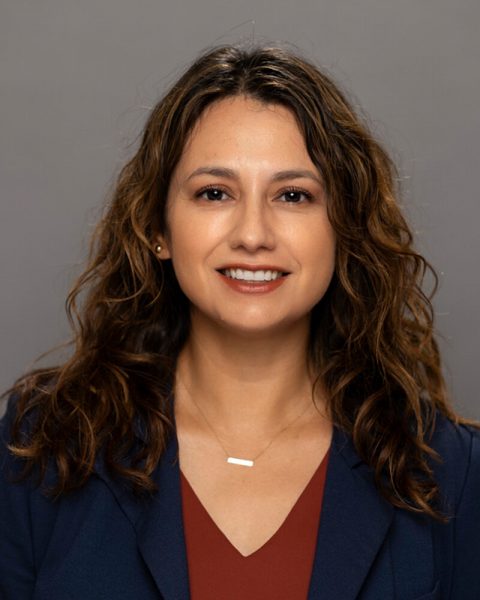By Jenna Somers

Many students from Spanish-speaking homes—whether designated as English learners or not—struggle with English language and reading comprehension, including students born and raised in the U.S. and who attend English-only-instruction schools. These students’ low scores on standardized English reading and language assessments are often associated with their disproportionate representation in special education, but the use of English-only assessments raises concerns about educational equity as well as whether and to what extent students from Spanish-speaking homes are misrepresented in special education.
To help shed light on these questions, Jeannette Mancilla-Martinez, associate professor of special education at Vanderbilt’s Peabody College of education and human development, received a four-year, nearly $1.66 million grant from the U.S. Department of Education to explore associations among language comprehension in both Spanish and English, the processes involved in English reading comprehension, and special education placement decisions for elementary school students from Spanish-speaking homes.
“Assessing language and reading comprehension for students from Spanish-speaking homes isn’t as simple as just administering the assessments in Spanish. Many of these students come from lower-resourced homes and often have parents who may have less than a high school education. So, these circumstances and only having formal instruction in English at school contribute to low profiles on Spanish and English skills, raising red flags about the potential need for special education services,” Mancilla-Martinez said. “It’s really hard to accurately assess these students because of the complexities in the trajectory of language learning within a U.S. context.”
According to Mancilla-Martinez, students are often given English-only and Spanish-only assessments, meaning that if they do not respond in the language the test requires, their answer is marked incorrect, even if it demonstrates knowledge. For example, on an English vocabulary assessment, if a child is shown a picture of a table and they say “table” in Spanish (mesa) rather than in English, the answer will be marked incorrect. These types of assessments could be contributing to low skills profiles that may relate to disproportionate special education placements for students from Spanish-speaking homes.
To improve school-based assessment practices that inform special education placement, reduce disproportionate special education representation for students from Spanish-speaking homes, and to mitigate English reading comprehension difficulties, Mancilla-Martinez and her team will study the use of English- and Spanish-only assessments, as well as assessments that allow responses in both English and Spanish.
In previous research, Mancilla-Martinez has found that students from lower-income Spanish-speaking homes perform on par with standardized norms when allowed to respond to test questions in either English or Spanish. The research team will expand on that work, hypothesizing that the language assessments in this study will more accurately predict English reading comprehension, as well as better inform which students need special education services. The results have the potential to improve reading instruction, school-based testing practices, and special education placement decisions.
The study will take place in elementary schools within a public school district in Tennessee with a large population of students from Spanish-speaking homes. The research team will follow approximately 600 kindergarten and first grade students from Spanish-speaking homes over the course of four academic years. Bilingual Spanish-English research assistants will assess the children’s language and reading comprehension in the fall and spring of each year for a total of eight times. The research team will collect annual data from school records on English learner and special education designations, as well as from parents’ reporting of family demographics and language use.
